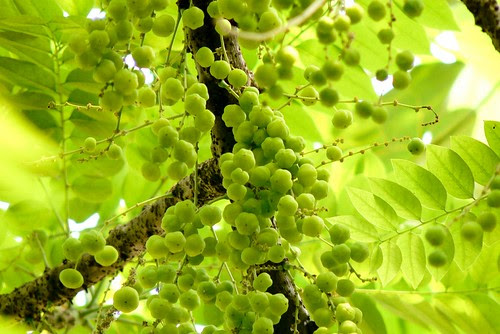As a Republic Day Special, today we reintroduce Ayurveda, the traditional form of Indian medicine and understand the inherent strengths of this timeless Science.
Ayurveda, or the traditional form of medicine, originated in India about 5,000 years ago. The medicines or treatments used in Ayurveda are based on the principles of Tridoshas (Vata, Pitta, and Khapa) and the Panchamahabuthas, which in turn comprise of the five basic elements: earth, air, fire, water and space. Overall, they encompass an understanding on the way the human body works, and the effect – both positive and negative – that food and medicines may have on the body.
The knowledge base of Ayurveda originates from years of experience and observation that is passed over generations. Ayurveda works by 'defense strategy' and gives strength to the host body to deal with various physical and mental ailments. By understanding the origin of the disease, Ayurveda targets eating, breathing, digestion, thoughts, memory and sleep which are simple and easy approaches to good health. Ayurveda works to motivate the patient at a mental level, which is very important for improving treatment outcome, specially in disorders cropping up from drug dependence and lifestyle imbalances. Ayurveda possesses a comprehensive approach covering all the aspects of health.
A comprehensive approach does not just mean treating the body and mind. Ayurveda is a system treating life as a whole, which includes the planet, what we eat, what we breathe, what we drink. Without attending to all these things, the true benefits of Ayurveda cannot be obtained.
This blog is powered by Baidyanath Life Sciences, who bring about authentic Ayurvedic wellness treatments through its centres in Nagpur. Contact us at (0712) 2551413/(0712) 2440020 to schedule an appointment.



_hanging_fruit_at_23_Mile,_Duars,_WB_W_IMG_5902.jpg)
